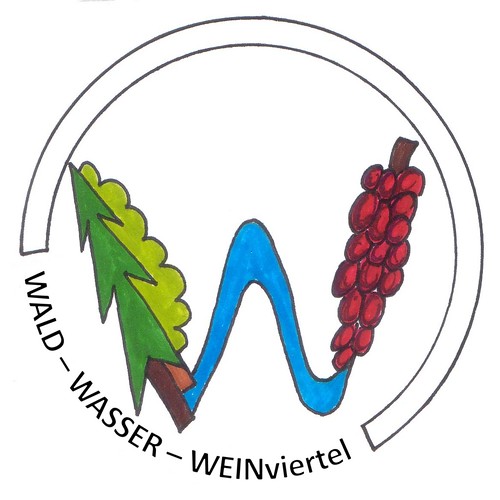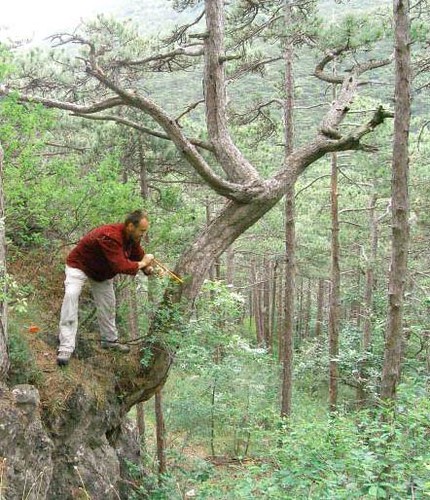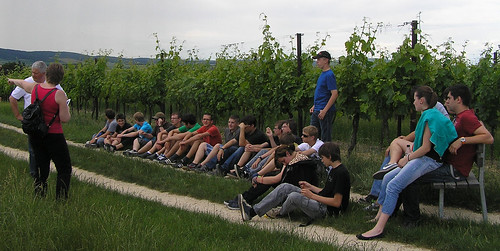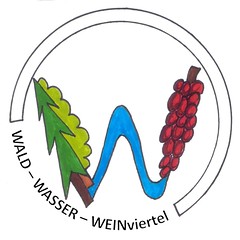Precipitation - Forests - Wine at the Weinviertel
Variability of precipitation and the influence on forests and agricultural yield at the Weinviertel in past, present and future
WATER
… and its availability are important factors for the development of plants. However, the area of the Weinviertel is one of the driest and warmest regions in Austria. Drought periods are frequent and their frequency is likely to increase due to climate change. The hot and dry year of 2003 is still in our mind. These drought periods can be seen in the vegetation – especially in …
FORESTS
…, because trees produce annual tree rings. The width of these rings is dependent on the availability of water: much/little water – wide/small rings. The history of climate of their lifetimes is stored in the wood of the trees. The year-to-year variability of ring widths is characteristic for a region and can be compared to other trees – even to trees that had died a long time ago, when their wood is preserved as part of constructions like roofs and ceilings in old buildings. If the time span of living trees and wooden constructions is overlapping, tree-ring chronologies can be set up. Analysing these chronologies, the past variability of precipitation, back in time prior to meteorological measurements, can be studied. At the …
WEINVIERTEL
… wine yards are an important part of the agricultural area, but wine also stores information of the weather of its vintage: the time of grape harvest, its quantity and its quality. Wine has always been an important product of the region – so there are records on these data available in archives. In contrast to the trees of the forests, wine includes information about summer temperature.
The combined analysis of tree rings and wine harvesting to reconstruct the climatic history of a region is a new approach and a collaboration of different scientific fields is necessary. The insights of these analyses are important for the present time and the future of this region. The pupils (farmers, foresters, scientists and inhabitants of the region of the future) will be part of this project.
Pupils will have the opportunity to take part at each step of scientific work: starting with sampling, measuring, statistical analyses, their interpretation and conclusions. The continuous measurement of climate will show the high variability of precipitation. The pupils’ interest in their environment and in science itself should be fostered by their participation in this project.
This project is already completed.
 Schools
Schools
 Partners from Economy and Society
Partners from Economy and Society
 Scientific institutions
Scientific institutions




